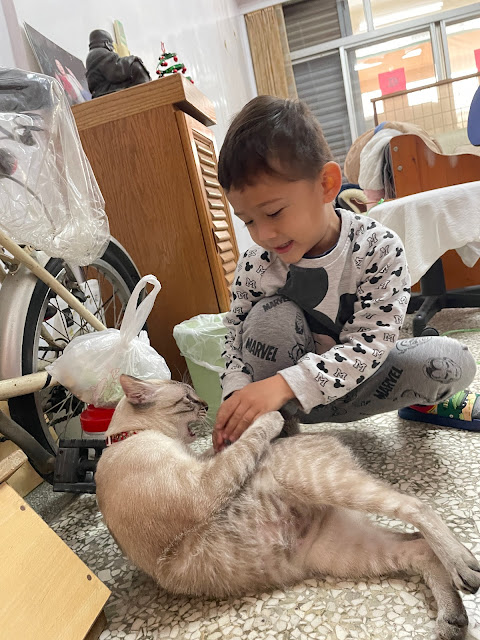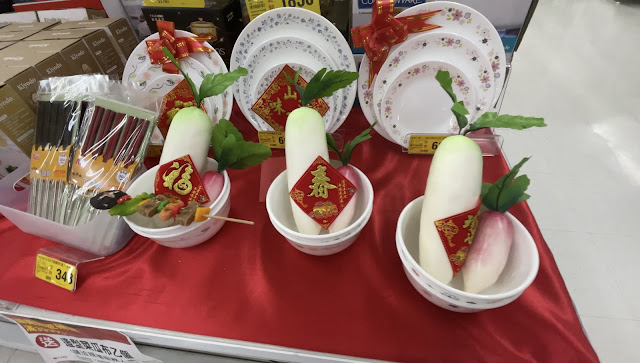Happy Lunar New Year! This year, we're celebrating the Year of the Rabbit. The festivities during this holiday last for a week, which some might find a bit too long. As usual, we visited my parents-in-law's place, although I've mentioned in my blog before that I'm not particularly fond of being there. Unfortunately, the atmosphere wasn't pleasant, so we decided to return home earlier than expected.
During Lunar New Year, the colors red and gold can be seen everywhere. Chinese New Year, also known as the Spring Festival, does not have a fixed date and is typically celebrated at the end of January or the beginning of February according to the Lunar Calendar. In Taiwan, although the country follows the Gregorian Calendar, traditional holidays are still celebrated based on the Lunar Calendar.
Chinese New Year starts on the first day of the lunar month and lasts until the 15th day, which is known as the Lantern Festival. Traditionally, Lunar New Year was a time for praying to the gods for a prosperous planting and harvesting season, as well as honoring ancestors. Many older people have a separate room dedicated to the gods, where they offer food and prayers.
During Chinese New Year's Eve, people set off firecrackers to ward off evil spirits and bad luck. They also burn fake paper money and gold bars as offerings to their ancestors. Gift exchanges are common during this holiday, and children often receive lucky money in red envelopes.
Special foods are enjoyed during this time, such as tangyuan (sticky rice balls in sweet soup), nian gao (sticky rice cake), and fa gao (steamed rice flour cake). It is customary to clean the house before Chinese New Year and prepare food in advance to avoid any work during the holidays. Sweeping, using knives or scissors, and cutting hair during this time are considered bad luck, as they may symbolically sweep away good fortune.
Homes are adorned with red decorations, symbolizing good luck, while the color white, associated with funerals, is avoided.


















0 komentarze:
Post a Comment